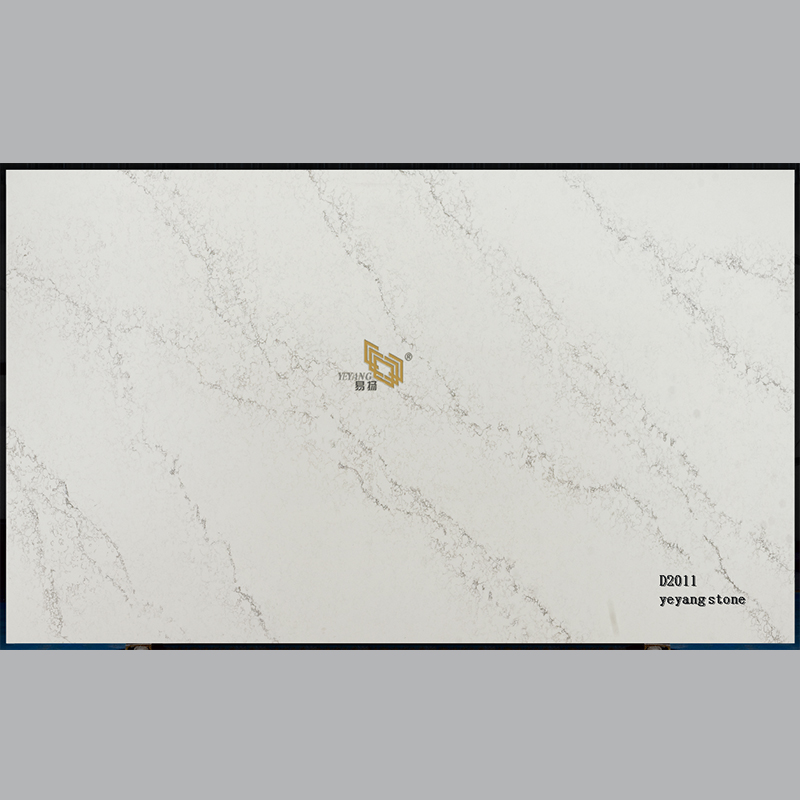Causes and solutions phenomenon of pores in quartz stone plates
Publish Time:2020-09-02 Click rate:440
Causes and solutions phenomenon of pores in quartz stone plates
Quartz stone is a kind of artificial stone formed by die-casting with quartz sand as the main filler. The hardness of the plate can reach up to 7 Mohs hardness, high temperature resistance 300°, and beautiful color. The disadvantage is that it is not easy to process, the fracture cannot be repaired, and basically only a flat table can be made. As the quartz stone market continues to mature in our country, coupled with the subsidy of CNC equipment. At present, the difficulty of modeling and the problems of seamless splicing have been basically solved! The cause analysis and solutions for various quality problems of quartz stone plates are introduced below.

Stomatal phenomenon: different numbers and sizes of round holes appear on the surface of the sheet
Reason analysis: When pressing the plate, the vacuum degree in the press cannot reach the requirement of -0.098Mpa, and the air in the material is not discharged. There are several reasons why the vacuum cannot meet the requirements:
1. The power of the vacuum pump is not enough to pump the vacuum to -0.098Mpa.
2. The compressor is leaking. Air leakage at the pipe connection, interface and seal of the press.
3. The pressure plate starts to vibrate before the vacuum reaches -0.098Mpa, mainly the uncompressed back pressure plate.
Solution:
1. Check whether the compressor is leaking: close the bleed valve, pump the vacuum pump to -0.098Mpa, close the valve connecting the pipeline between the compressor and the vacuum pump, and observe whether the pointer of the vacuum gauge moves backward. If the pointer moves backward, it indicates that the compressor is leaking, and the machine is notified for repair. If the pointer does not move, it means that the compressor is not leaking. Check other possible causes.
2. Use a Maxwell vacuum gauge to check whether the vacuum in the compressor can reach -0.098Mpa. If it does not reach -0.098Mpa, it indicates that the compressor is leaking or the vacuum pump is not strong enough. First, check whether the compressor is leaking. If the compressor is not leaking, please notify the mechanic to check the vacuum pump.
3. The uncompacted plate that needs to be compressed must be emptied to -0.098Mpa before pressing the plate, otherwise it is easy to produce air holes.

